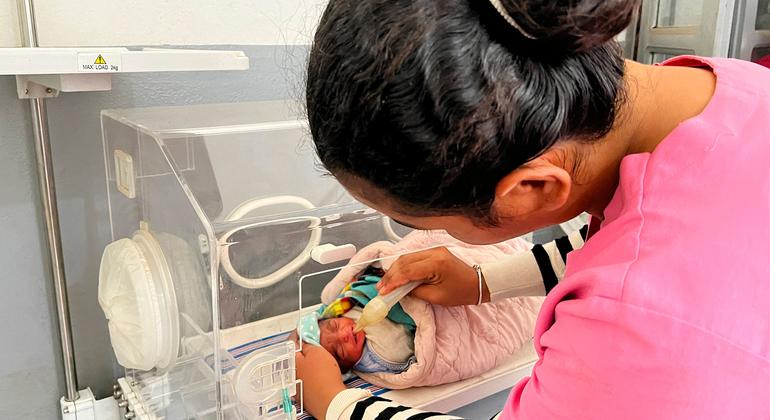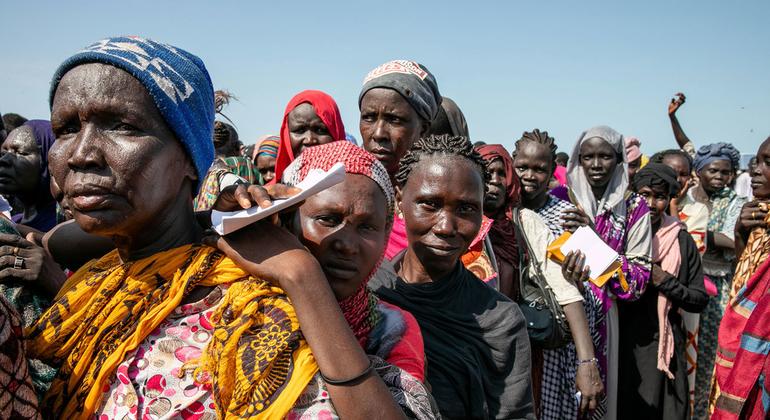In particular, the guide includes recommendations and warnings for long-term sufferers, arguing against the use of opioid pain relievers; physical therapies, such as traction; and braces and lumbar belts.
Instead, healthcare professionals are recommended to develop exercise programs; help patients educate themselves about self-care options and strategies; and provide psychological support, such as cognitive behavioral therapy.
Some physical therapies are also recommended, such as spinal manipulative therapy (chiropractic or osteopathic treatment), massage, and medications, such as nonsteroidal anti-inflammatory drugs (NSAIDs).
“Care should be tailored to address the combination of factors (physical, psychological and social) that may influence your experience of primary chronic low back pain,” the WHO stated.
“A suite of interventions may be needed to comprehensively address a person's chronic primary low back pain, rather than single interventions used in isolation,” the agency added.
Main cause of disability
Low back pain (lumbalgia) is a common condition experienced by most people at some point in their lives, however, it is also the leading cause of disability globally, the WHO stated.
For people who experience persistent pain, their ability to participate in family, social, and work activities is often reduced, which can negatively impact their mental health at substantial cost to families, communities, and health systems.
In 2020, about 1 in 13 people (equivalent to 619 million people) experienced low back pain, a 60 percent increase since 1990.
Skyrocketing numbers
Cases of low back pain are expected to rise to approximately 843 million by 2050, with the greatest growth expected in Africa and Asia, where populations are increasing and people are living longer.
The personal and community impacts and costs associated with low back pain are particularly high for people who experience persistent symptoms.
Those who suffer from chronic low back pain, especially older people, are more likely to experience poverty, leave the workforce prematurely, and run out of funds in retirement.
Addressing chronic low back pain among older populations can facilitate healthy aging, so that older people have the functional ability to maintain their own well-being, the WHO said.
The problem cannot be ignored
Bruce Aylward, Assistant Director-General for Universal Health Coverage at WHO, emphasized the need to address low back pain, especially in light of global health goals.
“To achieve universal health coverage, the issue of low back pain cannot be ignored as it is the leading cause of disability globally,” said Dr Aylward, who is also a doctor.
“Countries can address this pervasive but often overlooked challenge by incorporating key, feasible interventions as they strengthen their primary health care approaches,” he added.
Exercising can help prevent and relieve lower back pain.
Tailored approach
WHO also highlighted the need for an integrated and person-centred approach.
He said countries may need to strengthen and transform their health systems and services to make recommended interventions available, accessible and acceptable through universal health coverage, while stopping the routine provision of interventions that are not effective.
Successful implementation of the guideline will depend on public health messages about appropriate care for low back pain, developing workforce capacity to address chronic low back pain care, adapting standards of care, and strengthening of primary health care, including referral systems, the WHO added.












